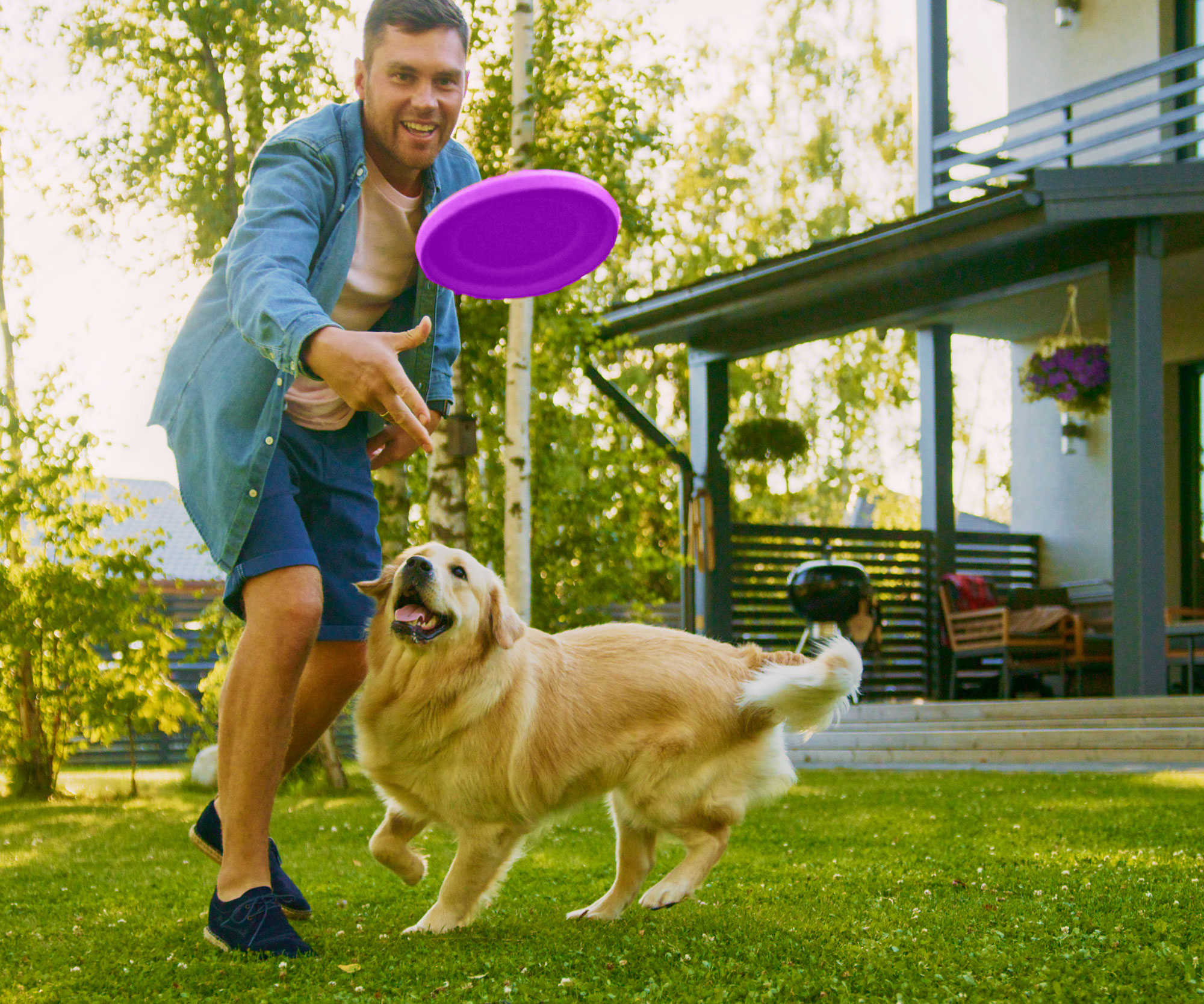Flea Bite Identification
Proudly Serving South Carolina | North Carolina | Georgia | Florida

Fleas are the bane of every pet owner’s existence. They seemingly invade out of nowhere and can be difficult to get rid of making it important to know what flea bites look like. Flea bites may be some of the first signs of an infestation. Finding flea bites on their legs and feet can be extremely frustrating for many people. Even though they do not commonly transmit diseases to humans, they are unsightly, itchy, and can give your pets tapeworms and cause anemia.
Start With A Quote On Us
Click below to contact Rocket Pest for a FREE pest control quote.
What Do Flea Bites Look Like?
Fleas will normally jump on your pets while they are outside. Once they are brought inside they will quickly breed and infest your home biting both you and your pets. Fleas in your home will bite both you and your pets. It can be hard to determine which bug has been biting you, especially if you do not see them. Flea bites can usually be identified by the following:
- Small red bumps
- Will sometimes have a halo around the bite
- Sometimes itchy
- Line or cluster of bites
- Usually on your legs, ankles, and feet
Mosquito Bites vs. Flea Bites
Mosquito bites tend to be puffier than flea bites, but this is not always the case. It depends on your skin’s resistance. If you have hard, red welts, you may need to ask yourself a few questions:
- Have I been outside in the morning or evening when mosquitoes are more active?
- Have I been in the woods, or near an area of wetland?
- Have I been camping?
- Do I have a lot of bites all in one place? (If you do, those bites are probably from something other than mosquitoes. You would remember being bitten a few dozen times in one area if it had been mosquitoes.)
- Where did I get the bites? If you have lots of bites concentrated on your lower legs and ankles, or in an area that would have been covered by your clothing, they are most likely flea bites.
Bed Bug Bites vs. Flea Bites
There is a close similarity between flea bites and bed bug bites. Both types of bites can happen inside your home and in great numbers. Bed bug bites also appear on skin that would have been protected from mosquitoes by the clothing you wear–just like those flea bites.
The easiest way to tell flea bites from bed bug bites is by the rash bed bug bites often have around them. But, while this rash can be significant, there is not always a rash associated with bed bug bites. It can take several feedings for the anticoagulant in bed bug saliva to cause a noticeable skin reaction.
Unlike fleas, individual bed bugs feed multiple times. This will make bites appear more purposeful, and less random. If your bites look like they are in lines, or have some type of pattern to them, they are most likely not bites from bed bugs
Chigger Bites vs Flea Bites
If your rashy bites have blisters or pustules, they are not likely to be flea bites. These characteristics are more associated with chigger or spider bites. And chigger bites are another type of bite you are most likely to get outside.
Fly Bite vs. Flea Bite
It can often be hard to tell the difference between fly bites and flea bites. Both leave bites that look random on the skin. Both leave red welts with a slightly rashy halo. Additionally, both leave bites that are itchy enough to make you scratch them, till they leave a small scab. The only way to really tell these two types of bites apart is to assess whether or not you’ve been exposed to flies that bite and where on your skin you’re getting the bites. Like with mosquitoes, fly bites are less likely to be on skin that was covered by clothing.
Signs of a Flea Infestation in Your Home
Fleas can be a common nuisance for many pest owners. Understanding the signs of a flea infestation can help you catch the infestation early and deal with it quickly. Some of the most common signs that you may have fleas in your home are…
- Finding fleas: The most obvious sign of a flea infestation is finding these small bugs around your home.
- Flea dirt: Flea dirt is the common name for flea droppings. When your pets have fleas you can often find these little specks in their hair and on bedding.
- Itching: When fleas bite your pets, it will irritate the skin causing them to itch more often than normal.
- Hair loss: Fleas will irritate your pet’s skin causing them to itch and bite areas where fleas like to hang out. If they excessively bite and itch the same areas you may notice hair loss in those areas.
- Flea bites: Finding flea bites on your legs and feet may be a clear indication that you have fleas in your home.
- Pale gums: Fleas can use anemia in your pets. One common sign of anemia is pale gums.
How to Avoid Getting Bit
The best way to avoid getting bit by fleas is to keep them away in the first place. If you find signs of fleas on your pets, first contact your veterinarian to discuss flea treatment options. Once they are off your pets, you need to get them out of your house. There are many at-home flea remedies sold in stores. These products can be ineffective, expensive, and toxic for your family and pets. Using a trusted exterminator, like Rocket Pest, can quickly and effectively eliminate any flea infestations and stop you from getting bitten by fleas. Give us a call today at 864-232-2406 today for a free quote and to learn more about our flea extermination services.
Back to Tick & Flea Control


